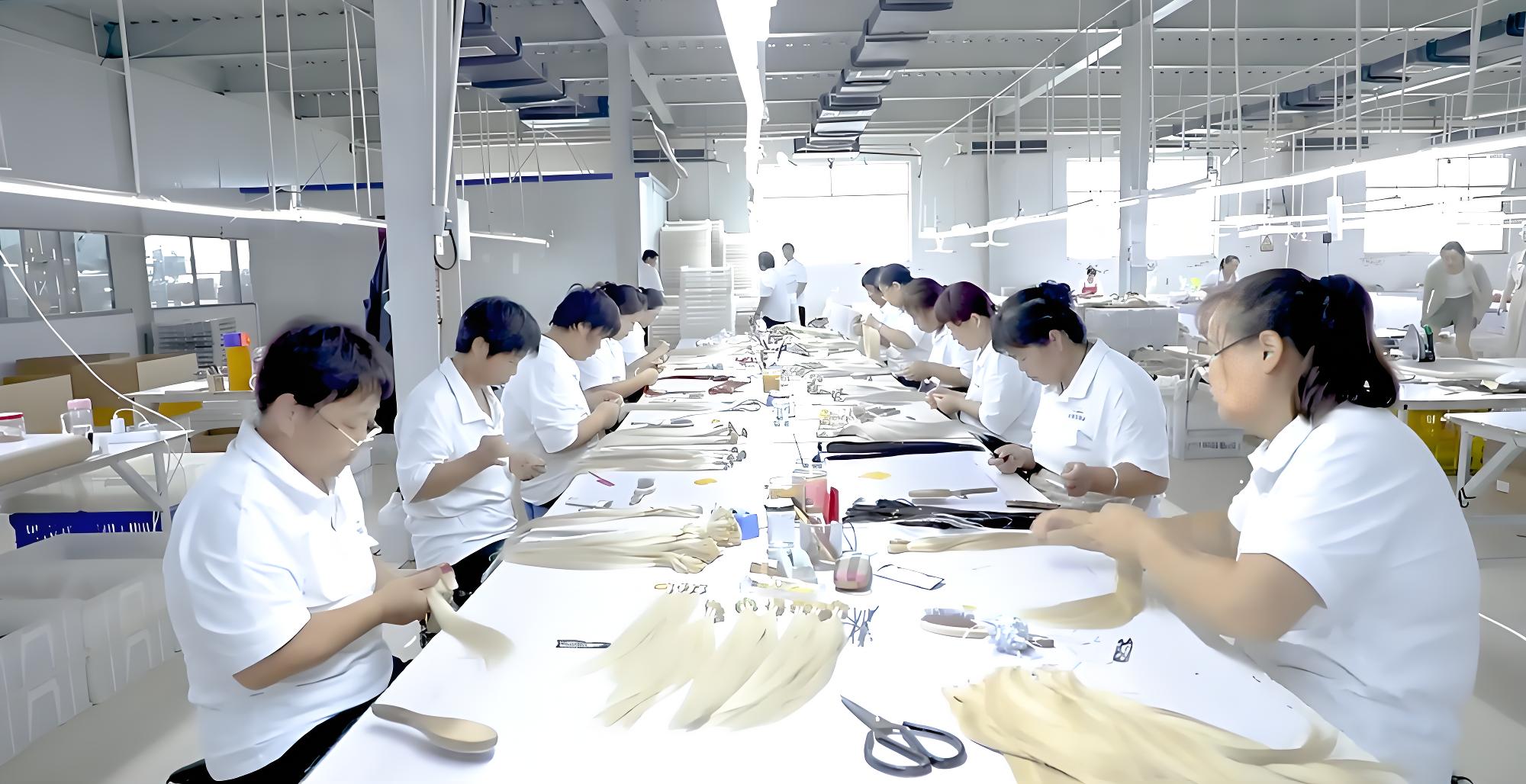Where Does the Source of Human Hair for Extensions Really Come From?
The hair used for extensions primarily comes from India, China, and Vietnam. As a seasoned participant in the hair extension market1, I've witnessed firsthand how these countries lead in exporting human hair. India stands out as a unique source because of temple offerings collected as part of religious rituals—small acts of devotion that fuel a global beauty industry. Moreover, there's an increasing footprint from Eastern Europe and Peru, tapping into diverse hair textures2 and qualities. But why does this matter to the astute salon owner or beauty entrepreneur?
Have you ever wondered if that luxurious hair clipped or taped onto your clients’ heads tells a story as grand as its journey? As Plucharm Hair3, a brand poised to offer the best to global beauty aficionados, understanding this backdrop isn't just insightful—it's paramount for selecting the crème de la crème of hair extensions.
Where Do Hair Extensions Come From?
Understanding the origins of hair extensions can transform your perception and enhance your clientele's experience. Dive deeper into the source of hair extensions to uncover the secret to unparalleled quality.
India: Sacred Donations and a Multifaceted Market
Temple Hair4: India is famed for temple hair, which is as intriguing as it is luxurious. Devotees sacrifice their locks in acts of religious sanctity at temples, such as the famous Tirumala temple in Andhra Pradesh. From these acts, the collected hair becomes a major part of the premium hair extension market1. This journey from spirituality to beauty aisles is both remarkable and ethically unique.
Market Dynamics: Indian hair, mostly untreated and "Remy" quality, means the cuticles are intact and aligned in the same direction—offering a natural, tangle-free experience. It's no surprise that both salon chains and individual buyers regard it as a golden standard.
China and Vietnam: Expanding Horizons
Do you know why the hair from China and Vietnam is an industry staple? Because of the scalability and the skillful handcrafting that ensure versatile product ranges such as our Plucharm Hair3 creations.
The Vietnamese Touch
Vietnamese hair5, often silkier and finer, has capitalized on a growing demand for Asian-texture hair thanks to its durability and adaptability. Whether you're a stylist in bustling Manhattan or laid-back Milan, this hair blends seamlessly, adapting to numerous styling methods.
Pro Tips: Choosing Your Source
- Quality Assurance: Never compromise on sourcing from verified suppliers. Your supplier’s credibility reflects directly on your salon’s reputation.
- Ethical Sourcing: Understand the story behind each strand. For salons focused on ethical practices, ensuring hair is voluntarily donated and fairly compensated is crucial.
How Are Human Hair Extensions Made?
Have you ever wondered what happens to the hair after it's sourced from these varied regions? Let’s unravel the journey from raw strands to high-grade extensions.
Processing: A Tale of Skill and Precision
Creating hair extensions is nothing short of an artisan craft—one that Plucharm Hair3 has perfected over decades.
- Sorting: The hair is meticulously sorted into strands of uniform length and thickness. This process is fundamental in maintaining quality.
- Cleaning: Hair is cleaned and sometimes color-treated; this treatment maintains the vibrancy and ensures consistency across the product range.
Manufacturing Techniques
Different extensions require varied approaches, from machine wefts to hand-tied designs:
Comparison of Manufacturing Techniques
| Method | Durability | Natural Look | Common Uses |
|---|---|---|---|
| Hand-Tied Weft | High | Highest | Luxury extensions |
| Machine Weft | Medium | Moderate | Versatile, affordable |
| Keratin Bond | High | High | Long-term installation |
| Invisible Tape | Medium | High | Seamless coverage |
Expert Insights: Colors and Textures
- Variety is Vital: Offering an extensive range of textures and colors is imperative for meeting diverse client needs. Plucharm Hair3, for instance, boasts a spectrum exceeding 200 color options.
- Trends Alert: Soft pastels and natural balayage are the go-to blends for the upcoming season, perfect for trendy clients craving subtle statements.
Conclusion: Unveiling the Secrets Behind Every Strand
Understanding the intricate tapestry of where hair extensions come from and how they are crafted offers invaluable insights. As someone who's spent years observing trends and quality in the industry, I stand by the fact that the source and craftsmanship behind hair extensions are paramount. Your clients deserve nothing short of exceptional, something that the likes of Plucharm Hair3 consistently aim to deliver.
With these insights, your salon can not only cater to the nuanced demands of sophisticated clients but also uphold standards that make your brand a beacon of quality and trust in the thriving world of hair extensions. Are you ready to elevate your salon's offerings with this newfound wisdom? Let's make every lock count!
-
Stay updated on the latest trends and demands in the hair extension market to better serve your clients. ↩ ↩
-
Discover the variety of hair textures available to meet diverse client needs. ↩
-
Explore the qualities that make Plucharm Hair a trusted choice for high-quality extensions. ↩ ↩ ↩ ↩ ↩
-
Discover the cultural and ethical importance of Temple Hair in the beauty industry. ↩
-
Understand the unique qualities of Vietnamese hair and its growing popularity in the market. ↩



